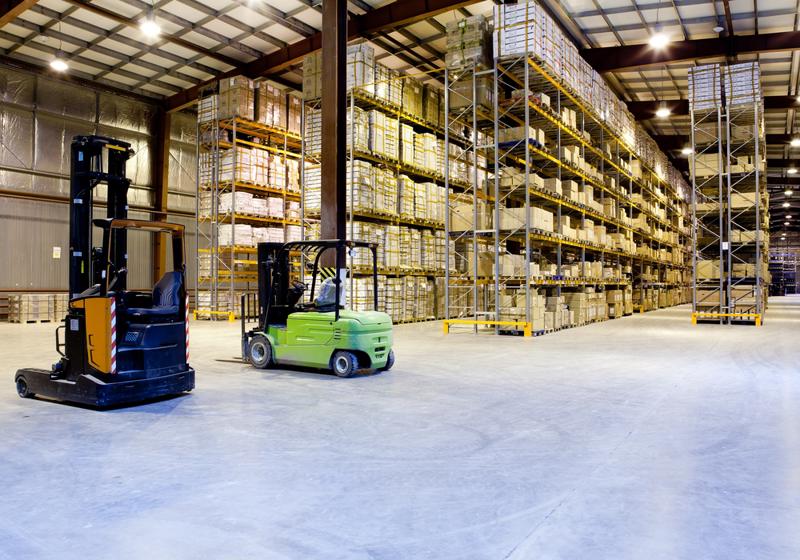Even as the mass release of a vaccine approaches, companies may need to do more to meet e-commerce needs when it comes to logistics automation, according to an industry study from Modern Materials Handling. For instance, just 6% of companies today say they use automated machinery like robots and self-driving vehicles in their warehouses, even as a quarter of businesses said they did at least a little bit to improve automation over the course of 2020.

But that 25% of businesses beefing up their automation may not be enough; 3 in 5 companies say they saw an increase in e-commerce business by at least 60%, and slightly less than one-quarter saw growth of between 30-59%, the report said. Often, the adjustments made once the pandemic arrived were relatively low-tech, such as rearranging their warehouses and improving manual processes to be more efficient. Those are certainly good steps, but probably not enough to keep up with rapidly evolving needs.
What's the issue?
Often, companies do understand the disparity between their efforts and their current needs, but the biggest impediment to further automation efforts are (perhaps not surprisingly) related to cost, according to Entrepreneur. Relatively few companies have the level of high automation that would make them truly modern, but there are many more that are closing that gap.
Unfortunately, when companies rely on any manual processes — let alone operating primarily or entirely via manual efforts — they're not only leaving efficiency on the table, they're also making things more difficult for their partners in the supply chain, the report said. Even when there is vital operational data that's collected manually, it's more prone to error and less likely to be updated in real time, reducing visibility and make it more difficult to keep lines of communication open.
What it might take
With all of the above having been said, it's worth noting that companies see the value in automation even if they can't get there quite yet, according to Supply Chain Dive. They also tend to have a fairly clear picture of how to get there. For instance, 60% of companies say a warehouse execution system is either very important or vital to achieving automation success. That's slightly ahead of the 59% who felt the same way about order picking technology, 58% who are eyeing labor management software and 57% who prize robotics in their efforts.
Certainly, these are all things for supply chain managers and decision-makers to consider in the near future, and make strategic investments all along the way. The more they can do to lay that critical groundwork, the better off they are likely to be in the years to come.



Post A Comment:
0 comments so far,add yours